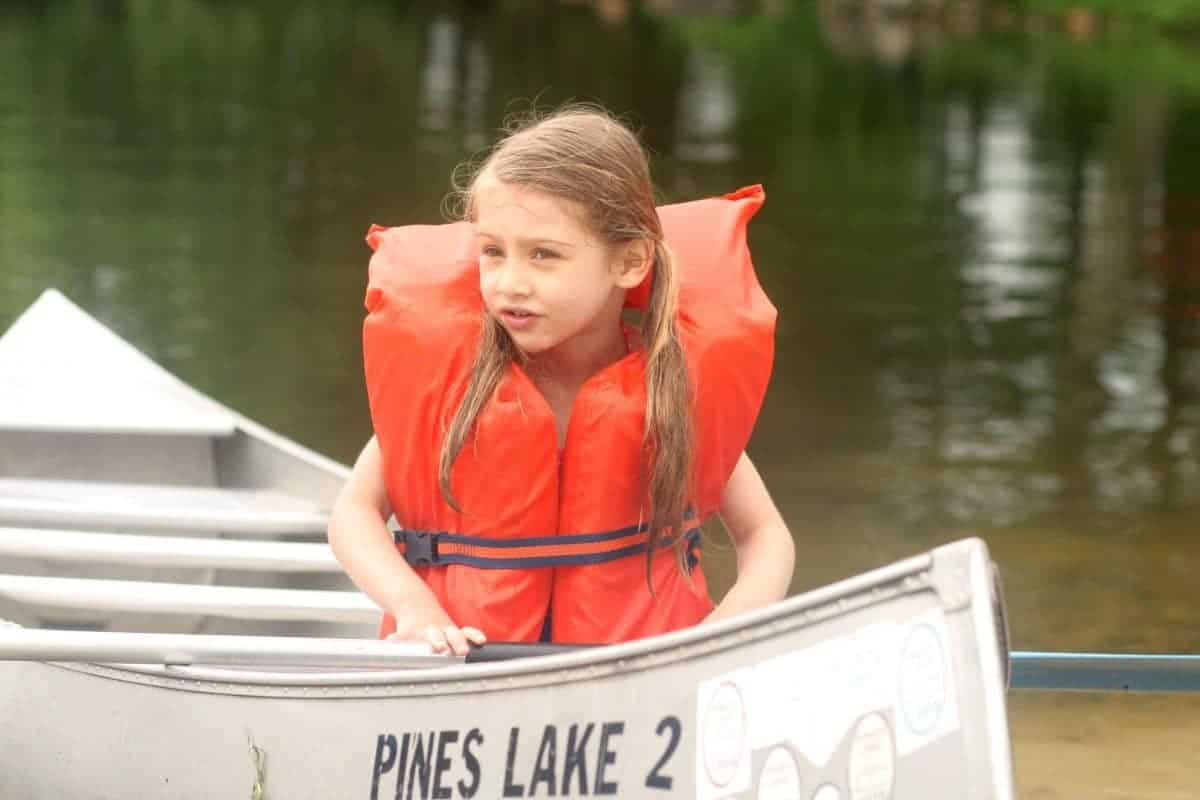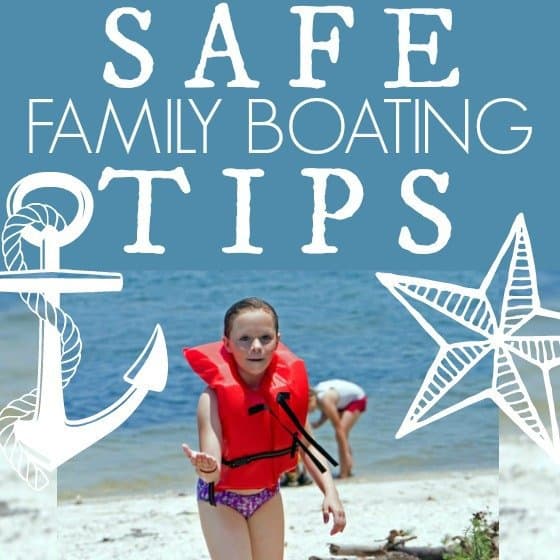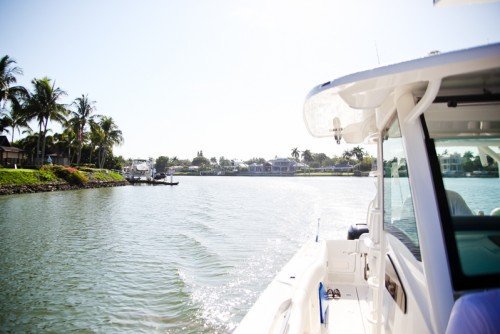If you are fortunate enough to be in a position to use recreational watercraft, there are some important life or death tips to remember, before packing up the cooler and heading out the door.
As you head onto the water this summer, either in a recreational powerboat, or a kayak or canoe, take a closer look at what your child is wearing. Sure, you packed the sunscreen, towels, and hats, but you may be overlooking a very important key factor: their lifejacket.
While boating rules differ from state to state, there is one element that remains the same across the board-
While most states require constant usage of a certified lifejacket for children under 13 years of age at all times, you will want to check with your state on specific laws.
You will notice there are a few different Coast Guard certified types of lifejackets, but how do we, as parents, know which type is the safest for our child?
Type I and II lifejackets are designed to float a victim face up, even if they are unconscious. While type III ski jackets are mass produced, and easy to purchase at your local big box store, they may not be the safest option for your child, especially on a motorized boat.
Safe boating habits can be taught, but they should also be modeled to children from their role models. It starts with us, as parents, to set an example for our family.
“I have investigated multiple boating accidents and drownings over my career. In the past year at my current duty assignment, a fisherman on a bass boat and a commercial towboat mariner were both lost to drowning, neither of which had on a lifejacket. In both cases, lifejackets were available to them on the vessel, but they opted not to wear them.
I recently read of an accident in which a 4 year old was ejected and thrown 50′ into the water after the boat she was riding in hit a tree. While shaken up, she survived largely due to the fact that she was wearing a lifejacket.” a
Here are some lifejacket tips to remember before venturing out on the open waterway with your family:
- “Adult sized jackets will not work for children. Lifejackets should fit snuggly and should not allow the child’s ears or chin to slip though.” a
- “Check the jacket itself for weight suggestions, but again, the fit is most important.” a
- Inspect your lifejacket before every season. Make sure that every passenger on the boat has adjusted their jacket for size, and has it readily accessible. Check your local laws regarding minors.
- Have children practice swimming in the water with their lifejacket. For many children, the fact that traditional jackets will flip them over to their back is frightening, and they may not know how to maneuver with it. Practice jumping in the water, while holding the neck part down. Teach them to calmly float on their back, to conserve energy. Regular training with your child will hopefully teach them to remain calm in an emergency situation.
Training for emergencies and modeling safe behavior are parental responsibilities that you should adhere to when stepping on a recreational boat with your child. You wouldn’t dream of putting them in a car without proper safety precautions; don’t let a water vessel be any different.
Source (a):
United States Coast Guard Lieutenant Commander Michael Block
Chief, Prevention Department
Sector, Lower Mississippi River
Source (b)
https://dwr.virginia.gov/
Photo Credits:
The Art of Making a Baby
Pennsylvania Boating Handbook
Erin G.












































